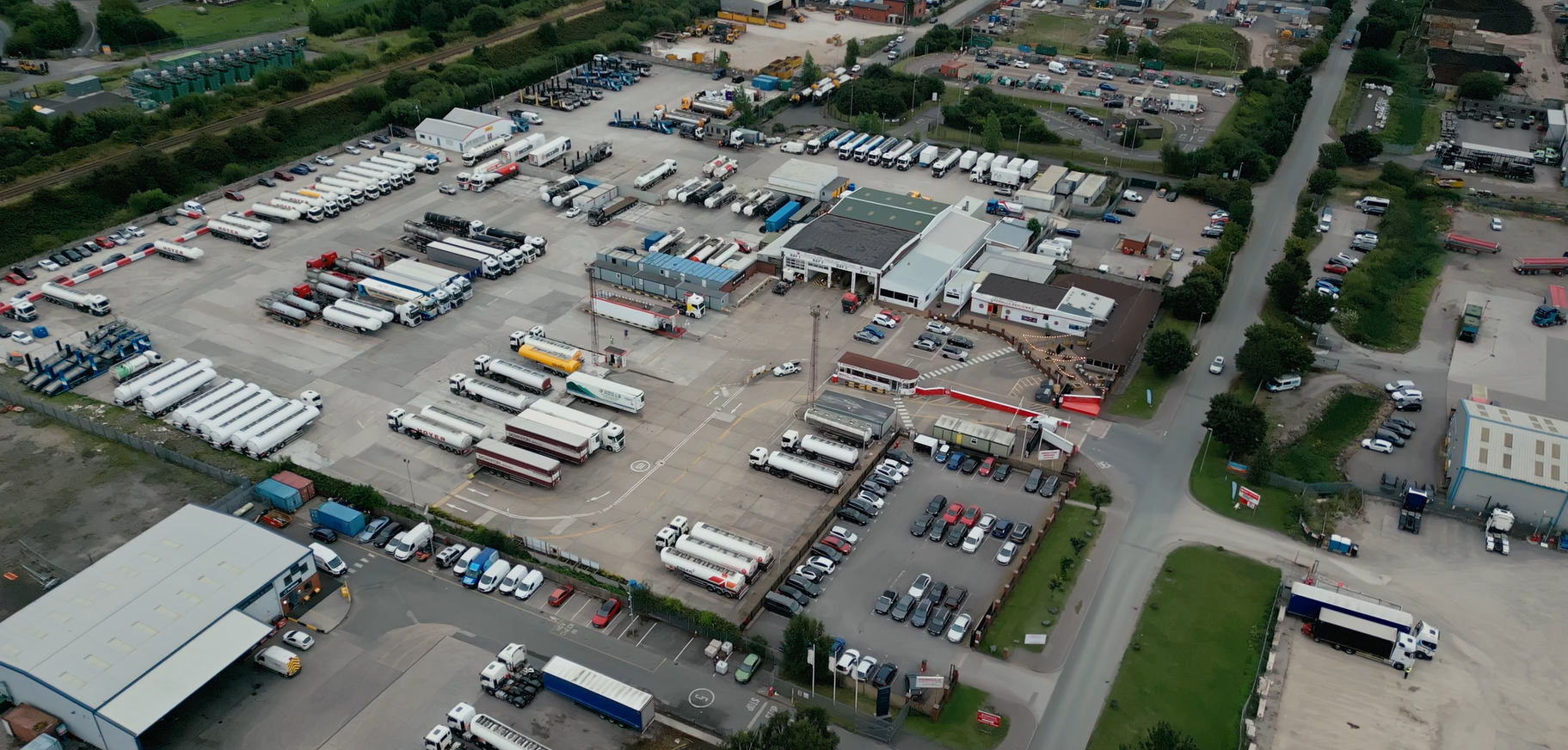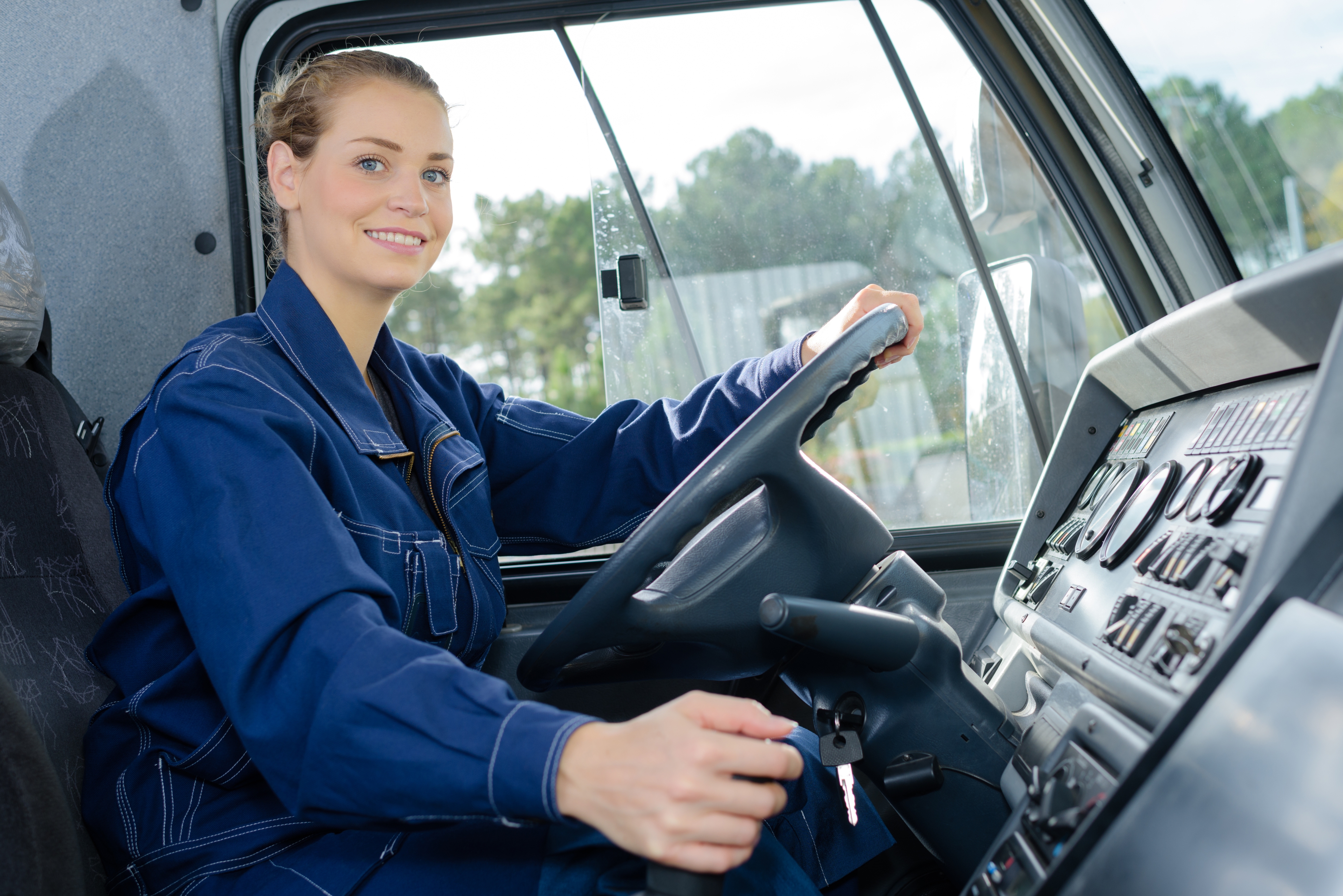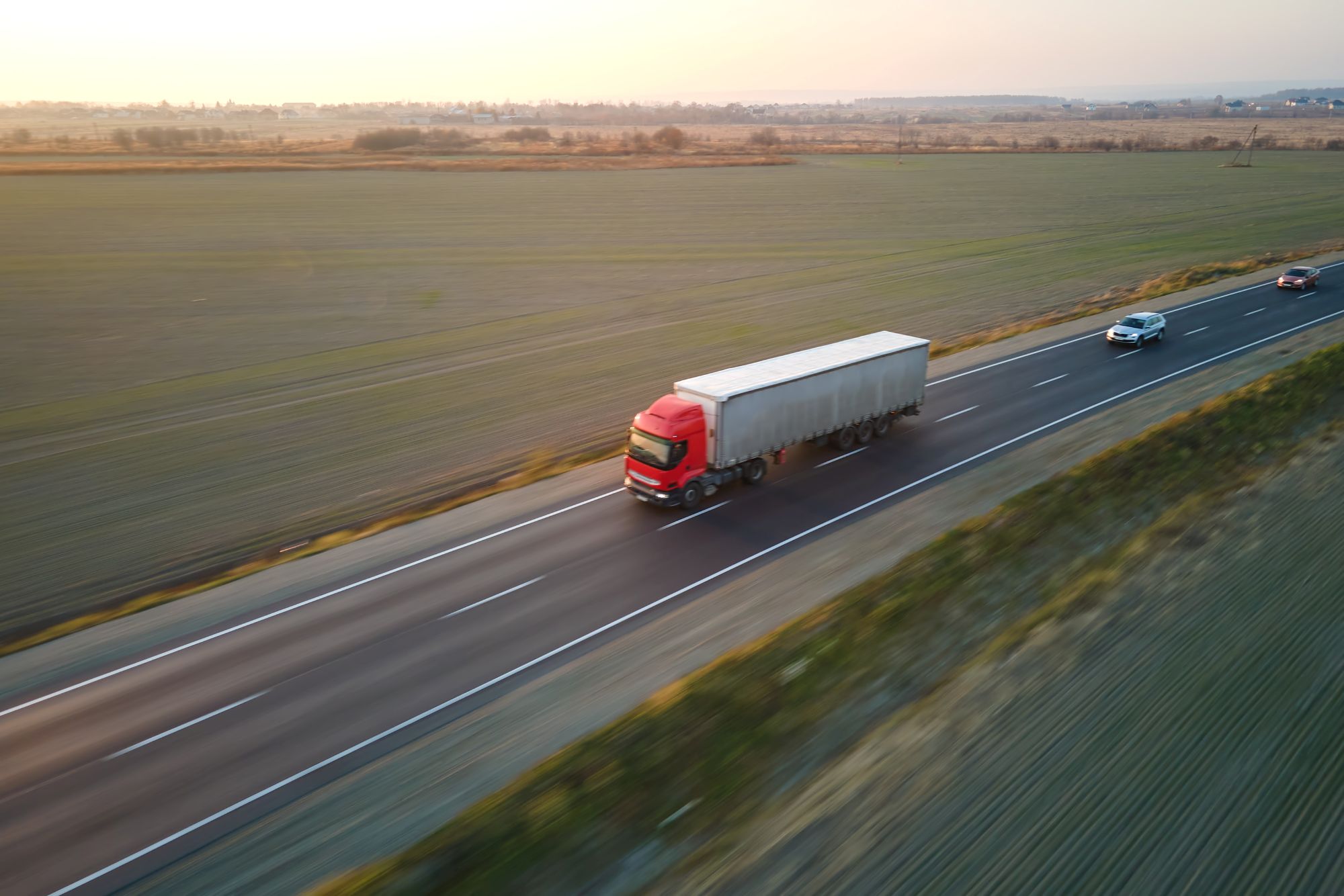
Miranda Blake
Vejen frem mod 2025: Forventede tendenser i lastbilbranchen
Oprettet: 02.01.2025
•
Opdateret: 02.01.2025
Fra generel utilfredshed blandt chaufførerne til de seneste ændringer i chaufførernes CPC og forsinkelser i [EU's ind- og udrejsesystem] (https://snapacc.com/newsroom/everything-you-need-to-know-about-the-eu-entryexit-system/) har 2024 været en hvirvelvind for logistikbranchen. Og der er masser i horisonten for 2025 - her udforsker vi de tendenser, der forventes at forme sektoren.
Omfavnelse af alle fordelene ved AI
Det forventes, at automatisering vil spille en nøglerolle i det kommende år. Der vil ske en udvikling inden for autonom køretøjsteknologi, transportstyringssystemer og elektroniske logningsanordninger - hvilket vil resultere i større udbredelse og betydelige ændringer inden for branchen.
Desuden er der udsigt til en stigning i [AI-brug] (https://snapacc.com/newsroom/ai-and-its-impact-on-sustainability-in-the-haulage-industry/) til [ruteoptimering] (https://snapacc.com/newsroom/route-optimisation-with-fleet-management-software-snap-account/), forebyggende vedligeholdelse og flådestyring. Det vil udløse bedre resultater som f.eks. forbedret driftseffektivitet og reducerede omkostninger. Internet of Things (IoT) og maskinlæring vil være særligt værdifuldt, da det kan bruges til at forudse fejl på udstyr, hvilket vil reducere nedetiden.
På samme måde vil telematik dele værdifulde live-data om køretøjets ydeevne, chaufførens adfærd og lastens status - hvilket fører til bedre sikkerhed og overholdelse af reglerne.
Håndtering af kønsforskelle og mangel på chauffører
At tiltrække flere kvindelige lastbilchauffører er en måde at håndtere [manglen på chauffører] på (https://snapacc.com/newsroom/hgv-drivers-challenge-the-term-driver-shortage/). Arbejdsgiverne kan tilbyde en bredere vifte af roller, indføre uddannelsesprogrammer og politikker, der er til gavn for kvinder, og gøre arbejdsmiljøet mere inkluderende. Med hensyn til sidstnævnte omfatter ideerne mentorordninger eller arbejdsmønstre, der passer bedre til chaufførernes liv (f.eks. dagvagter og dækning af cirkulære ruter for at støtte dem, der har familieforpligtelser).
Men diskussionen på [SNAP's Facebook-side] (https://www.facebook.com/snapaccount) afslørede, at både mandlige og kvindelige chauffører har brug for forandring. Mens nogle påpegede, at visse ting kunne være bedre for kvinder (f.eks. bemærkede en, at 90 % af depotfaciliteterne ikke har toiletspande), var der mange kommentarer om den samlede medarbejderpakke og truckstop-faciliteter:
"Mænd har brug for bedre støtte til børnepasning. Hvis de gjorde det, ville det ikke blive skubbet over på kvinder at være 'drænet' på arbejdsstyrken, når det drejer sig om deres børns sygdom eller prioriteringer. Faciliteterne er chokerende for begge køn."
*"Forbedr forholdene og faciliteterne for ALLE chauffører, og du vil se flere mennesker komme ind i branchen, både mænd og kvinder."
Derfor bør virksomheder se på, hvordan de kan tiltrække og fastholde hele deres arbejdsstyrke. De kan tilbyde bedre løn, arbejdsforhold og udviklingsmuligheder. På samme måde kan de implementere træning for at sikre, at folk har alle de rigtige evner - nu og i fremtiden.

Fremme af en grønnere industri
Et andet centralt fokus vil være [bæredygtighed] (https://snapacc.com/newsroom/the-road-to-sustainability-the-european-emissions-challenge-within-the-transport-sector/) - især på grund af stadig strengere miljølovgivning, bevægelsen mod netto-nul og skyhøje brændstofpriser.
Køretøjer med alternative brændstoffer levede ikke op til forventningerne i 2024, så det forventes, at mens der stadig vil ske innovation på dette område, vil der ske et større skift i retning af at fokusere på, hvordan flåder kan øge driftseffektiviteten (f.eks. ved at bruge teknologi, data og AI til at reducere spildtid). Virksomhederne vil også forsøge at opbygge grønnere forsyningskæder ved at arbejde med mere miljøvenlige leverandører og transportører.
På samme måde er overgangen til elektriske lastbiler stigende - der vil være en større udrulning af ladestandere til elbiler på lastbilsparkeringer i år. Men flådevirksomheder står over for barrierer som f.eks. betydelige startomkostninger og en utilstrækkelig mængde opladningsinfrastruktur.
Forøgelse af langdistancefragt
Endelig er der en forventet stigning i luft- og søfragt, som vil have en afsmittende effekt på lastbilindustrien. Dette forstærkes kun af, at de globale forsyningskæder bliver mere og mere sammenkoblede.
Som følge heraf vil der være en stigning i langdistancefragt - hvilket gør det endnu vigtigere, at chaufførerne har tilstrækkelige pauser på sikre rastepladser. Og det er her, SNAP kan hjælpe.
Vores intruck-app har over 800 tilgængelige websteder i hele Europa, herunder i Østrig, Bulgarien, Tjekkiet, Grækenland, Ungarn, Italien og Rumænien. Vi hjælper med at gøre flådestyring enkel og sikrer, at både operatører og lastbilchauffører kan overholde chaufførernes arbejdstidsdirektiv i 2025 og fremover.
Hvis du vil vide mere, kan du kontakte vores team på +44 (0)1603 777242.



